13 Awesome Pics Of Things You Don't See Everyday
Nathan Johnson
Published
05/01/2017
in
wow
Things to pique your interest and give you a little big of knowledge.
- List View
- Player View
- Grid View
Advertisement
-
1.
 In Iraq, in the book market, books remain in the street at night because Iraqis say: the reader does not steal and the thief does not read
In Iraq, in the book market, books remain in the street at night because Iraqis say: the reader does not steal and the thief does not read -
2.
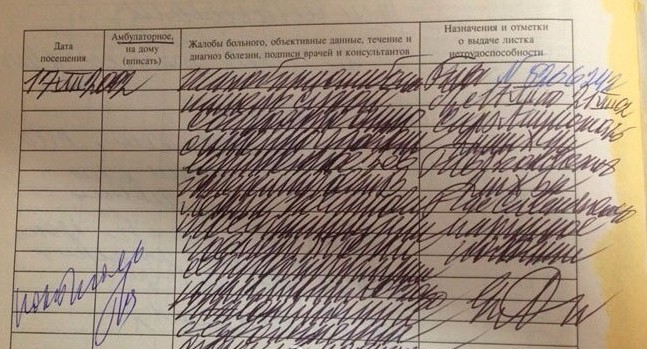 The handwriting on a Russian medical prescription
The handwriting on a Russian medical prescription -
3.
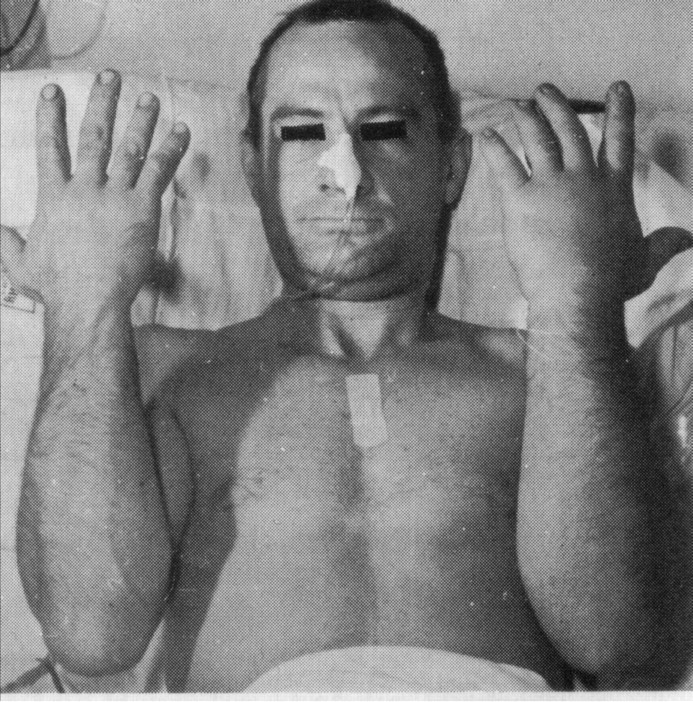 Man after receiving 40 Sieverts of radiation.. More than 1 Sievert of radiation will make you sick and may kill you, more than 3 will almost surely kill you.
Man after receiving 40 Sieverts of radiation.. More than 1 Sievert of radiation will make you sick and may kill you, more than 3 will almost surely kill you. -
4.
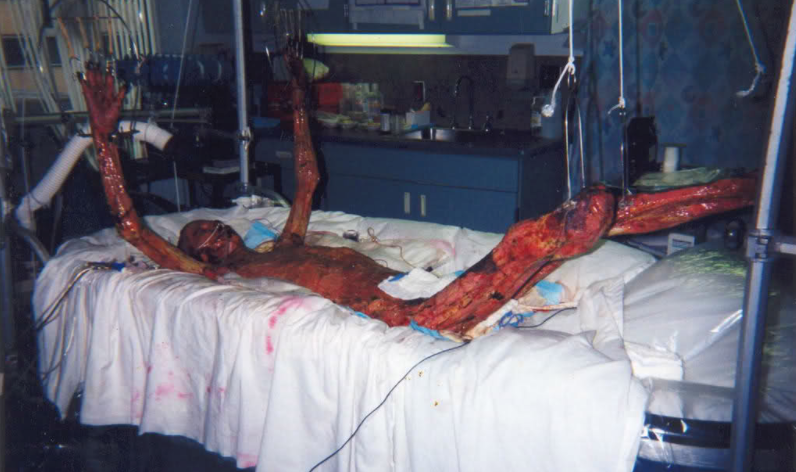 A Japanese Worker, Hiroshi Ouchi, after being exposed to 17 Sieverts of Radiation. He was exposed to so much radiation his Chromosomes were completely destroyed, but was kept alive for 3 months against his will. At first, Ouchi came into the hospital with just some puffy redness to his skin. Ouchi’s chromosomes had been hit by a direct blast of radiation and were a jumbled mess. Without this vital blueprint, his cells would no longer be able to regenerate. The first real problem doctors noticed was a drastic decrease in white blood cells. Day 6, he was placed into a sterile (bubble) room. The doctors determined that the only way to improve Ouchi’s condition would be to give him a transplant of cells that would generate white blood cells. Day 7, Ouchi receives a transplant from his sister (a match). The doctor would meet with the family every day to candidly discuss his condition. Signs of radiation sickness were beginning to show up on the surface of Ouchi’s body. A nurse recalls how at first, they were able to use tape on his body, but soon when they’d go to remove the tape, skin would come off with it. Ultimately, there was nowhere left where tape could be used. When his skin started to slough off from the top down, no new cells could be formed to repair the skin. His breathing started to get erratic. (At this point, they show a nurse’s written record of Ouchi and he’s saying, “No more” “I’m going home” “Please stop” “Mom”) Day 11, to help him breathe, Ouchi is hooked up to a ventilator. This meant he’d no longer be able to speak to his family. The family (wife, son, parents, and siblings) visited him every day. Day 18, the transfusion from his sister seems to have worked, and Ouchi’s white blood cell count returns to healthy levels. A week later, abnormalities are found in his blood. It seemed that the radiation in Ouchi’s body had damaged the chromosomes in the cells that he received from his sister. Day 27, problems beyond the skin and blood: (They show video of his intestines. The membranes are deteriorating.) He begins experiencing excessive diarrhea. 3 weeks after the diarrhea starts, the intestines start to hemorrhage (another video of his intestines, this time with blood.) He was given lots of blood transfusions, as many as 10 times in 12 hours. To help his circulation and put less pressure on his skin, Ouchi is moved to a special rotating bed. The places where he’d lost skin were seeping blood and fluids. He had to be wrapped almost completely in gauze. A nurse recalls how there was so much fluid leaking that it’d take half a day just to deal with the gauze, and how painful it must have been for Ouchi, although they gave him lots of medicine to sleep. His wife recalls how he bled out of his eyes, as if he was crying blood. He was losing 10 liters of fluid a day through his skin and intestines. In order to curb the loss of fluid through the skin, doctors began daily skin transplants with special “bio skin.” (At this point, his skin was pretty much gone.) Unfortunately, the bio skin wouldn’t adhere to his body. A doctor explains that all the doctors probably knew that Ouchi’s chances of survival were low, but nobody dared say so out loud. Vocalizing any doubt could have led everyone to start questioning what they were doing and for who. A visibly traumatized nurse recounts how Ouchi continued to deteriorate and was hooked up to a machine, and in her losing battle to keep him alive, she wondered, “What am I doing this for?” She had to remind herself that she was doing it for Ouchi. 2 months after the accident, as Ouchi goes through a continuous process of hemorrhaging and blood transfusions, his heart continues to work hard to pump blood through his body, averaging over 120 beats per minute. The strain on his heart is similar to someone who is running a marathon. Day 59, suddenly, Ouchi’s heart stops. As the medical staff works to revive him, his heart starts and stops three times. After an hour, Ouchi’s heart begins beating on its own again. The traumatized nurse recounts that she was relieved when his heart started beating again, “but…” (implying conflicted feelings.) Having his heart stop for an hour affected his brain, kidneys, etc. and his condition quickly declined. His body was essentially being kept alive by machines and medicine. The head doctor admits to debating whether or not to continue treating Ouchi, but says that the family didn’t want to give up hope until the very end, and that kept the doctors going. The family was still visiting Ouchi and encouraging him to fight on. Day 65, more problems with the blood. (I don’t understand the explanation exactly, but his white blood cells were being attacked and decreasing in numbers again.) Day 81, the head doctor sits down with the family and suggests that if Ouchi’s heart stops again, they should let him go. The next day, the wife visits Ouchi and expresses her desire for him to survive through the new year. Day 83, the young son visits and encourages his father to keep fighting. That night, Ouchi died. They show pictures of his muscle tissue and explain that all of his muscles were destroyed except for one: his heart.
A Japanese Worker, Hiroshi Ouchi, after being exposed to 17 Sieverts of Radiation. He was exposed to so much radiation his Chromosomes were completely destroyed, but was kept alive for 3 months against his will. At first, Ouchi came into the hospital with just some puffy redness to his skin. Ouchi’s chromosomes had been hit by a direct blast of radiation and were a jumbled mess. Without this vital blueprint, his cells would no longer be able to regenerate. The first real problem doctors noticed was a drastic decrease in white blood cells. Day 6, he was placed into a sterile (bubble) room. The doctors determined that the only way to improve Ouchi’s condition would be to give him a transplant of cells that would generate white blood cells. Day 7, Ouchi receives a transplant from his sister (a match). The doctor would meet with the family every day to candidly discuss his condition. Signs of radiation sickness were beginning to show up on the surface of Ouchi’s body. A nurse recalls how at first, they were able to use tape on his body, but soon when they’d go to remove the tape, skin would come off with it. Ultimately, there was nowhere left where tape could be used. When his skin started to slough off from the top down, no new cells could be formed to repair the skin. His breathing started to get erratic. (At this point, they show a nurse’s written record of Ouchi and he’s saying, “No more” “I’m going home” “Please stop” “Mom”) Day 11, to help him breathe, Ouchi is hooked up to a ventilator. This meant he’d no longer be able to speak to his family. The family (wife, son, parents, and siblings) visited him every day. Day 18, the transfusion from his sister seems to have worked, and Ouchi’s white blood cell count returns to healthy levels. A week later, abnormalities are found in his blood. It seemed that the radiation in Ouchi’s body had damaged the chromosomes in the cells that he received from his sister. Day 27, problems beyond the skin and blood: (They show video of his intestines. The membranes are deteriorating.) He begins experiencing excessive diarrhea. 3 weeks after the diarrhea starts, the intestines start to hemorrhage (another video of his intestines, this time with blood.) He was given lots of blood transfusions, as many as 10 times in 12 hours. To help his circulation and put less pressure on his skin, Ouchi is moved to a special rotating bed. The places where he’d lost skin were seeping blood and fluids. He had to be wrapped almost completely in gauze. A nurse recalls how there was so much fluid leaking that it’d take half a day just to deal with the gauze, and how painful it must have been for Ouchi, although they gave him lots of medicine to sleep. His wife recalls how he bled out of his eyes, as if he was crying blood. He was losing 10 liters of fluid a day through his skin and intestines. In order to curb the loss of fluid through the skin, doctors began daily skin transplants with special “bio skin.” (At this point, his skin was pretty much gone.) Unfortunately, the bio skin wouldn’t adhere to his body. A doctor explains that all the doctors probably knew that Ouchi’s chances of survival were low, but nobody dared say so out loud. Vocalizing any doubt could have led everyone to start questioning what they were doing and for who. A visibly traumatized nurse recounts how Ouchi continued to deteriorate and was hooked up to a machine, and in her losing battle to keep him alive, she wondered, “What am I doing this for?” She had to remind herself that she was doing it for Ouchi. 2 months after the accident, as Ouchi goes through a continuous process of hemorrhaging and blood transfusions, his heart continues to work hard to pump blood through his body, averaging over 120 beats per minute. The strain on his heart is similar to someone who is running a marathon. Day 59, suddenly, Ouchi’s heart stops. As the medical staff works to revive him, his heart starts and stops three times. After an hour, Ouchi’s heart begins beating on its own again. The traumatized nurse recounts that she was relieved when his heart started beating again, “but…” (implying conflicted feelings.) Having his heart stop for an hour affected his brain, kidneys, etc. and his condition quickly declined. His body was essentially being kept alive by machines and medicine. The head doctor admits to debating whether or not to continue treating Ouchi, but says that the family didn’t want to give up hope until the very end, and that kept the doctors going. The family was still visiting Ouchi and encouraging him to fight on. Day 65, more problems with the blood. (I don’t understand the explanation exactly, but his white blood cells were being attacked and decreasing in numbers again.) Day 81, the head doctor sits down with the family and suggests that if Ouchi’s heart stops again, they should let him go. The next day, the wife visits Ouchi and expresses her desire for him to survive through the new year. Day 83, the young son visits and encourages his father to keep fighting. That night, Ouchi died. They show pictures of his muscle tissue and explain that all of his muscles were destroyed except for one: his heart. -
5.
 The Libertarian way to leave a “tip”
The Libertarian way to leave a “tip” -
6.
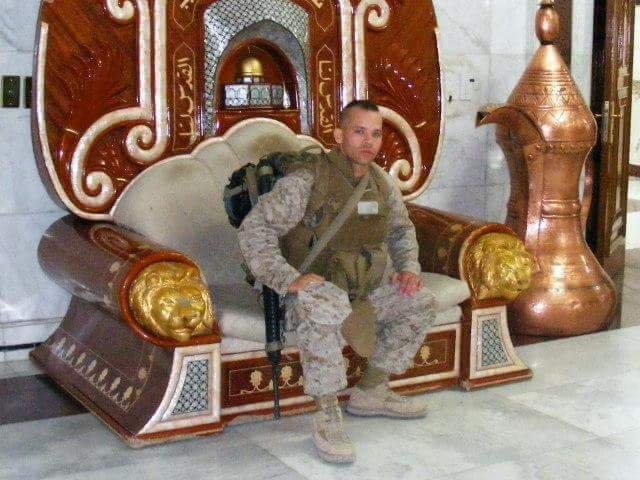 One of Saddam Hussein’s thrones at Al Faw Palace in Baghdad, Iraq in 2008
One of Saddam Hussein’s thrones at Al Faw Palace in Baghdad, Iraq in 2008 -
7.
 In Finland, PhDs are awarded sword as a symbol to defend what’s right and true
In Finland, PhDs are awarded sword as a symbol to defend what’s right and true -
8.
 B-17 Flying Fortress Cockpit
B-17 Flying Fortress Cockpit -
9.
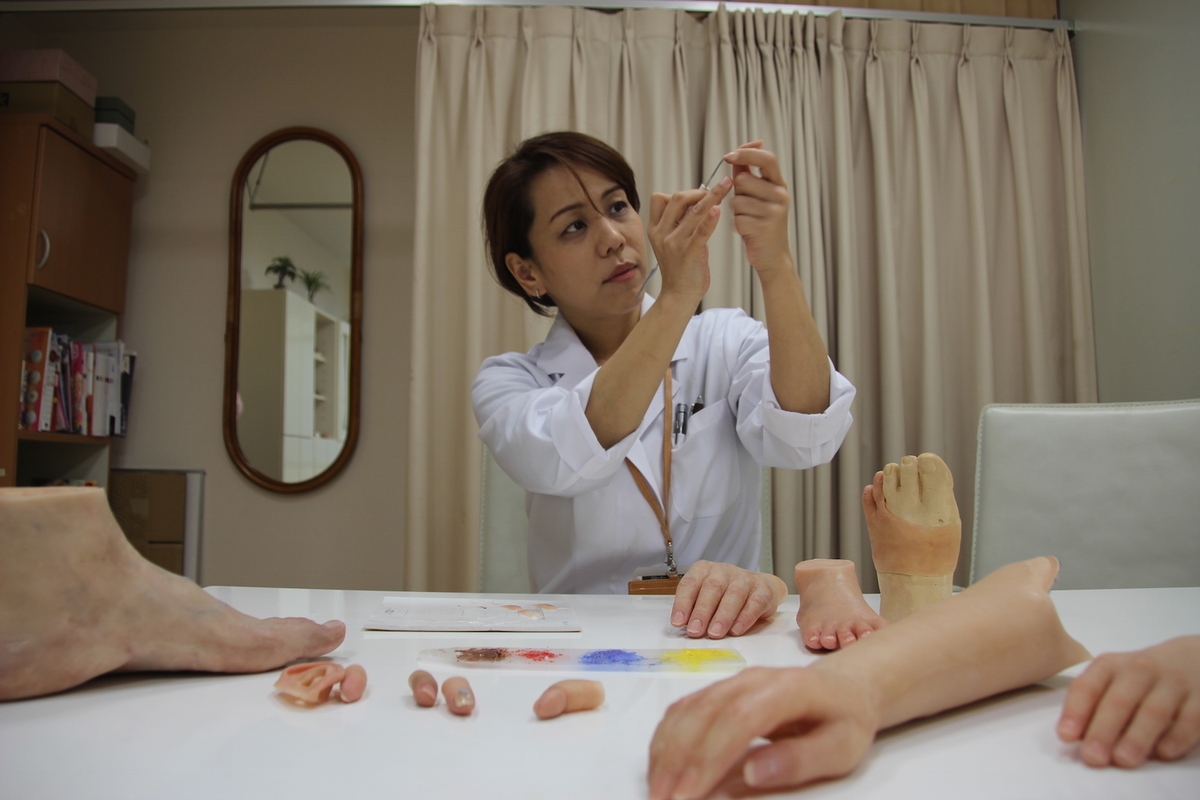 The Woman Makes Prosthetic Pinkies for Ex-Yakuza Members
The Woman Makes Prosthetic Pinkies for Ex-Yakuza Members -
10.
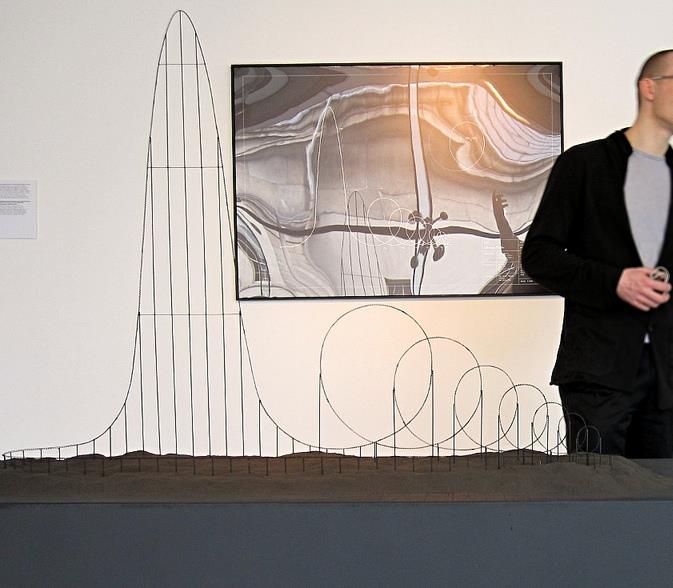 This Roller Coaster Will Literally Kill You. Here’s how the world’s oddest suicide method would work: First the rider would face a long, slow climb up to more than 500 meters, giving him or her a few minutes to think back on life and contemplate the decision. At the top, there would be time to say a prayer or blow a kiss to relatives (or bail) before pressing the “fall” button and plummeting into the long steep plunge followed by the first 360-degree loop. That’s where most riders would die. According to Urbonas, traveling at 100 meters per second, the person would experience a G-force-induced loss of consciousness due to cerebral hypoxia (lack of oxygen reaching the brain), which often causes a sense of euphoria. Just in case that first one didn’t do it, six more consecutive loops would finish the job. Building the structure would be a challenge. The Euthanasia Coaster would be more than three times the height of the world’s tallest roller coaster, the Kingda Ka, which took 18 months and $25 million to construct.
This Roller Coaster Will Literally Kill You. Here’s how the world’s oddest suicide method would work: First the rider would face a long, slow climb up to more than 500 meters, giving him or her a few minutes to think back on life and contemplate the decision. At the top, there would be time to say a prayer or blow a kiss to relatives (or bail) before pressing the “fall” button and plummeting into the long steep plunge followed by the first 360-degree loop. That’s where most riders would die. According to Urbonas, traveling at 100 meters per second, the person would experience a G-force-induced loss of consciousness due to cerebral hypoxia (lack of oxygen reaching the brain), which often causes a sense of euphoria. Just in case that first one didn’t do it, six more consecutive loops would finish the job. Building the structure would be a challenge. The Euthanasia Coaster would be more than three times the height of the world’s tallest roller coaster, the Kingda Ka, which took 18 months and $25 million to construct. -
11.
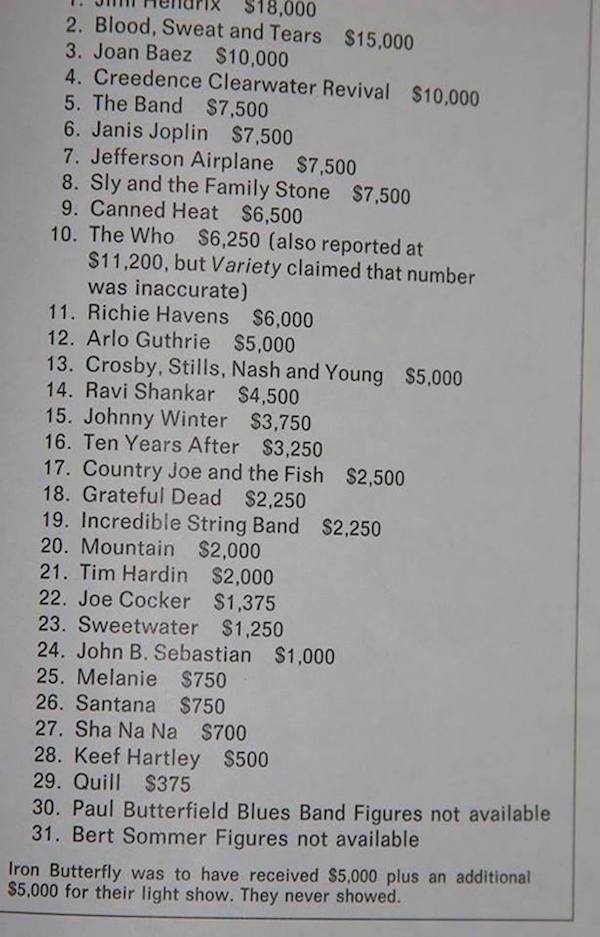 What each artist was paid for their Woodstock performance in 1969
What each artist was paid for their Woodstock performance in 1969 -
12.
 State Hall of the Austrian National Library
State Hall of the Austrian National Library -
13.
 Freedom of press map 2017 (by Reporters without borders)
Freedom of press map 2017 (by Reporters without borders) -
14.
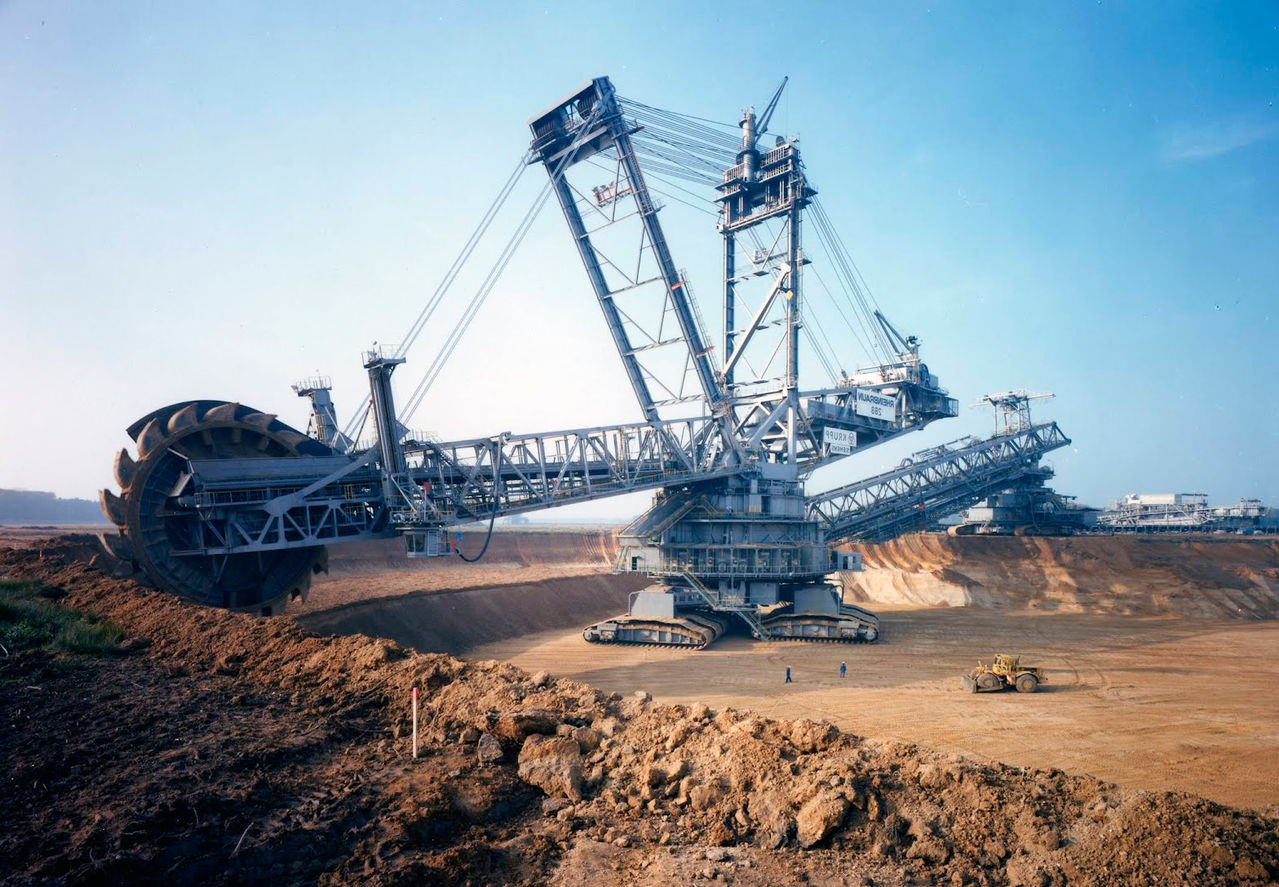 The largest land vehicle ever built: Bagger 293 in Germany. Deemed the largest land vehicle in history by the Guinness Book of World Records, the Bagger 293 is the single best digging machine man has ever built. Built in 1995, this bucket wheel excavator is 315 feet tall—dwarfing the Statue of Liberty—738 feet wide and weighs more than 31 million pounds or 15,500 tons. Given all of that size, you’d think it takes a huge crew to run one. But you’d be wrong. Two people run the show. Its buzz saw-like 70-foot rotating wheel consists of a series of 20 buckets that easily and constantly slice into the earth’s surface, efficiently removing thousands upon thousands of pounds of overburden, the waste soil mining operations need to remove before getting to the coal below. Once the dirt has been scooped up, it’s transported by the conveyor belt running along the machine’s massive arm to the much smaller dump trucks below that will carry it off. The Bagger 293 is the largest machine of its kind but has several smaller siblings. The bucket wheel excavator has been around since the 1920s. You can watch two videos of the 293 in action below.
The largest land vehicle ever built: Bagger 293 in Germany. Deemed the largest land vehicle in history by the Guinness Book of World Records, the Bagger 293 is the single best digging machine man has ever built. Built in 1995, this bucket wheel excavator is 315 feet tall—dwarfing the Statue of Liberty—738 feet wide and weighs more than 31 million pounds or 15,500 tons. Given all of that size, you’d think it takes a huge crew to run one. But you’d be wrong. Two people run the show. Its buzz saw-like 70-foot rotating wheel consists of a series of 20 buckets that easily and constantly slice into the earth’s surface, efficiently removing thousands upon thousands of pounds of overburden, the waste soil mining operations need to remove before getting to the coal below. Once the dirt has been scooped up, it’s transported by the conveyor belt running along the machine’s massive arm to the much smaller dump trucks below that will carry it off. The Bagger 293 is the largest machine of its kind but has several smaller siblings. The bucket wheel excavator has been around since the 1920s. You can watch two videos of the 293 in action below.
- REPLAY GALLERY
-

- 13 Awesome Pics Of Things You Don't See Everyday
In Iraq, in the book market, books remain in the street at night because Iraqis say: the reader does not steal and the thief does not read
14/14
1/14
Categories:
Wow








1 Comments